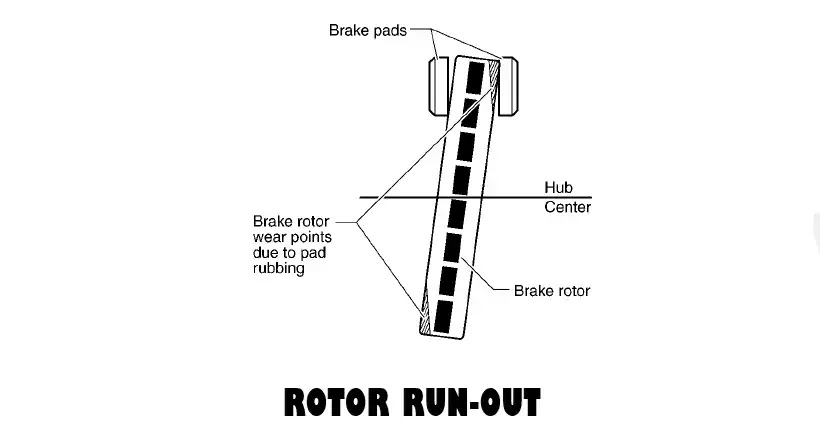Is Brake Judder Dangerous?
Brake judder is a vibration that can be felt in the vehicle, steering wheel, or brake pedal when the brakes are applied. Brake Judder is caused by rotor thickness variation and/or rotor run out.
Rotor Thickness Variation, when the inner and outer surfaces of the rotor are not flat and not parallel, the brake pads will travel in and out as they follow the low and high spots on the rotor.
Rotor Run Out, if the brake rotor is not true to the hub center, the brake pads contact one point on each side of the rotor with each wheel rotation, even if the brakes are not applied. Over time, this point contact will cause the rotor to wear more in these areas and cause rotor thickness variation.
This motion of the brake pads is transferred through the caliper pistons and is felt in the brake pedal as a pulsation. In severe cases it can also cause a back and forth oscillation in the steering wheel.
While the car is traveling at middle speed or high speed there is a frequent vibration on the car body, the steering wheel, and the brake pedal when the brake pedal is depressed lightly. The vibration will disappear when the brake pedal is released, which means the brake judder, also called a brake shimmy by some. This is caused by a certain speed regardless of where the gear is positioned and the speed of the engine.
The steering wheel vibration can either be rotation which means towards the turning of the steering wheel or in a random direction. The main factor that causing the vibration is either the change of thickness on or run-out of the brake rotor this will result in brake pad vibration that will also cause a change in pressure of the brake fluid. When the brake pedal or the steering system vibrates, the steering wheel of the vehicle will also vibrate in an up and down rotational direction.
Even when the brake pedal is depressed with fixed strength, the area of the brake pedal where the thickness is larger than other portion will move in the outward direction every time there is a big change in thickness of the rotor, the brake pad on the portion where the thickness is lesser will move in the inward direction.
At the same time, the inside pressure will then cause a change in brake fluid pressure. If the run-out is too big and the brake pad is slanted towards the center of the rotational direction the brake pads will move in the right direction. With the case of the brake pad slanted to the left, the brake pad will move in the left direction that will result in the change in the inside pressure of the brake fluid.
Watch more videos on auto repair. Subscribe to our Cartechhome Channel on Youtube.
Help us expand the people we help by sharing this information with others. Thank you !!!



Comments
Post a Comment
Share with us what you think about this topic to help others know more information that this article did not cover.
Kung may tanong po kayo comment lang po, at sasagutin namin sa mga susunod na araw. Marami pong salamat!